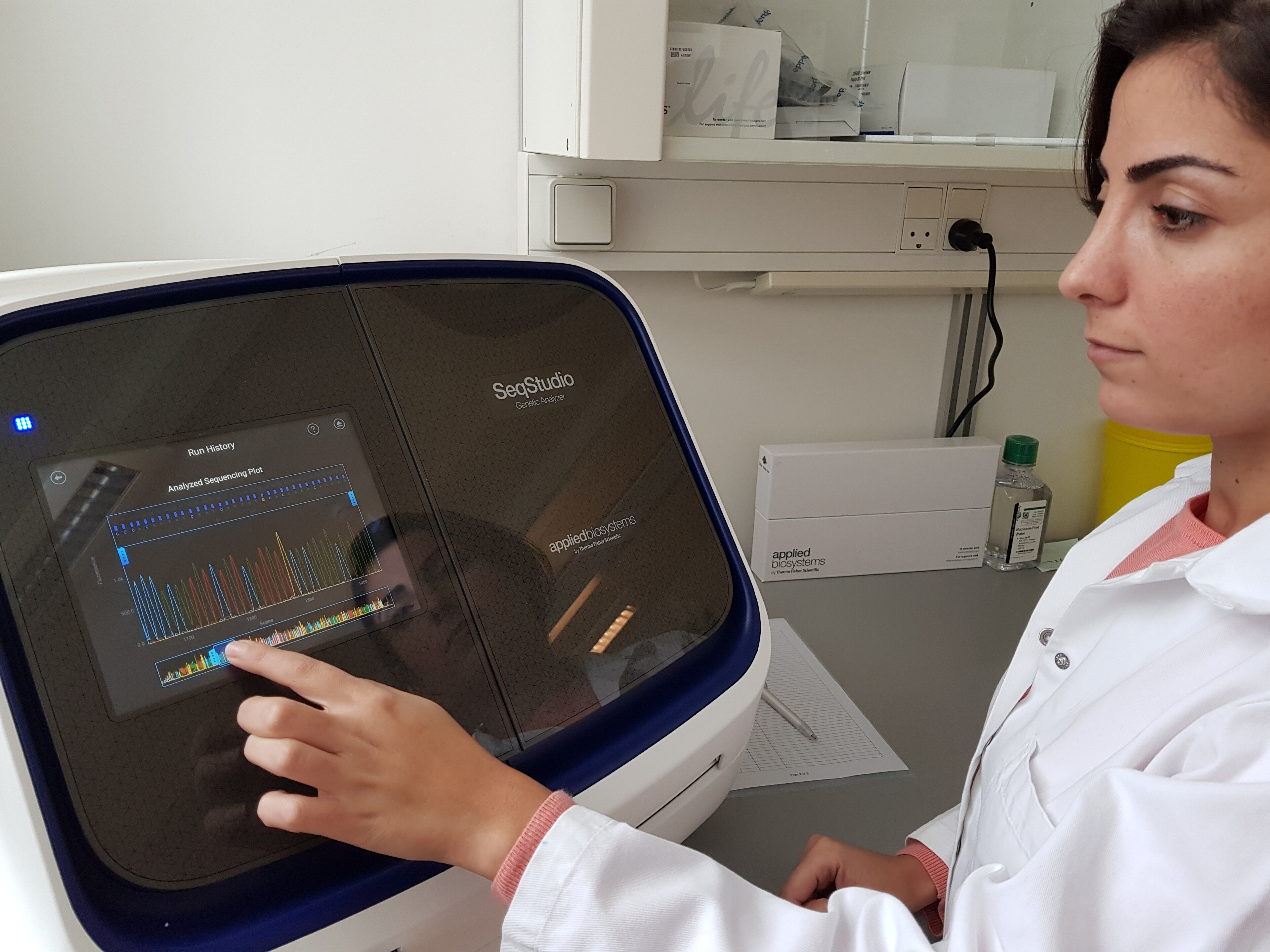 The SeqStudio Genetic Analyzer brings speed, accuracy and ease of use to molecular laboratories across the world. However, according to Hans Atli Dahl, co-founder and managing director at Amplexa Genetics, it is also helping researchers dive deeper into the genomic underpinnings of neurological conditions.
The SeqStudio Genetic Analyzer brings speed, accuracy and ease of use to molecular laboratories across the world. However, according to Hans Atli Dahl, co-founder and managing director at Amplexa Genetics, it is also helping researchers dive deeper into the genomic underpinnings of neurological conditions.
Amplexa Genetics, based in Denmark, is one of the oldest private clinical research labs in the world. It specializes in gene variants associated with epilepsy and other encephalopathies. Recently, the lab has also moved into molecular genetics of endocrine disorders. Using next-generation sequencing (NGS) technology, Amplexa is contributing actively to research.
Although demand for Sanger sequencing has changed for some fields due to the rise in NGS technology, Amplexa recently decided to replace its aging instruments with the Applied Biosystems SeqStudio Genetic Analyzer. The company uses the tool for validation and also segregation analysis on variants identified during NGS.
Epilepsy, Dahl explains, is a mix of many different disorders with no single cause. In tracking the gene variation associated with each phenotype, he and his team uncover many variants in research; a lot of them are previously unidentified novel discoveries. Therefore, in order to confirm the genomic anomalies uncovered, Amplexa turns to the SeqStudio for fast verification.
“We find a lot of variants in these genes—some are definitely artifacts of NGS; to report, we need to validate them, and this is where Sanger sequencing comes in,” Dahl explains.
Amplexa has been providing research services in neurology, and more recently endocrinology, to the clinical genetics community since 2006. The company has been using NGS technology since 2012 and can now offer big panel screening as a service, using the Ion Torrent Personal Genome Machine system to develop and run disease panels.
SeqStudio verification thus complements the speed and convenience of NGS technology for rapid access to results. Dahl reports that the combination of instruments works well for the company. He likes the flexibility, fast turnaround, price and future development potential of the Thermo Fisher Scientific range of sequencing instruments. SeqStudio’s small footprint also fits in well to optimize bench space.
The instrument is also well received by laboratory staff. After only one training day, the instrument has been in full use, running samples and returning high-quality data as reviewed by the European Molecular Genetics Quality Network (EMQN). Amplexa personnel find the instrument’s “plug-and-play” cartridge system simple to use and maintain. They are also happy with the touchscreen interface, which gives immediate access to urgent samples without having to wait for the entire run to complete.
Another feature that works well for Amplexa is the ability to process smaller sample numbers; there’s no waiting to fill a tray and delaying results. This feature, and being able to prioritize urgent samples, makes the instrument a valuable addition.
Aware of the ability to customize and modify the instruments operating parameters as a valuable benefit, Dahl looks forward to optimizing procedures for further efficiencies and operation. He notes that it will be useful in heritability testing to determine whether a mutation is spontaneous or due to carrier status.
The machine will also push forward the company’s growing interest in ataxia research and fragment analysis. The SeqStudio instrument will expand the range of trinucleotide repeat analysis and custom polymerase chain reaction (PCR) assay development. The latter, notes Dahl, is valuable because using the instrument is less expensive than other methods, for example. Due to the unique, one-off nature of many of the genomic variants associated with neurological disease, Amplexa finds that custom analysis with the versatile SeqStudio is far more convenient, more efficient and less costly.
For more information on genetic tests offered by Amplexa, visit the Amplexa website.
To learn more about applications on the SeqStudio, visit SeqStudio Genetic Analyzer Applications
Leave a Reply